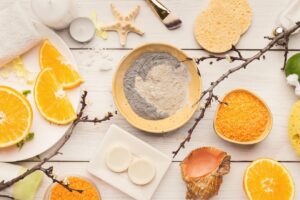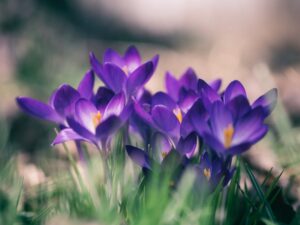For centuries, henna has adorned the hands, feet, and hair of individuals across cultures as a symbol of beauty and tradition. Derived from the plant Lawsonia inermis, henna is a natural dye renowned for its vibrant reddish-brown hues and a plethora of benefits. In this informational piece, we will delve into the background and fascinating history of henna, exploring its origins, cultural significance, and its wide range of applications. Join us on a journey into the captivating world of henna.
Section 1: The Origins and Cultural Significance of Henna
Ancient Roots: Tracing Henna’s Beginnings
Henna, a natural dye with a rich history, can trace its beginnings back to ancient civilizations. The use of henna can be traced as far back as ancient Egypt, where it was employed for body art, cosmetics, and hair dyeing. The ancient Egyptians considered it to be a symbol of joy, celebration, and protection. Similarly, in India, henna has been an integral part of cultural traditions for centuries. It has been used in weddings, festivals, and religious ceremonies, with intricate designs adorning the hands and feet of women as a symbol of beauty, blessings, and good fortune. The ancient roots of henna showcase its enduring presence as a significant cultural element across various societies throughout history.
Rituals and Traditions: Henna Across Cultures
Henna holds a special place in rituals and traditions across cultures, spanning continents and generations. From weddings to festivals, it plays a prominent role in celebrations and significant life events. In Indian weddings, intricate henna designs, known as mehndi, are applied to the hands and feet of the bride, symbolizing beauty, fertility, and marital bliss. In the Middle East, henna is an integral part of Eid celebrations, where women and girls adorn their hands with stunning patterns as a form of self-expression and celebration. Henna is also cherished in North Africa, where it is used during cultural festivals, such as weddings and religious ceremonies, as a symbol of joy, protection, and warding off evil spirits. The diverse and colourful rituals and traditions associated with its highlight its universal appeal and its ability to connect people through shared cultural practices.
Section 2: The Science Behind Henna
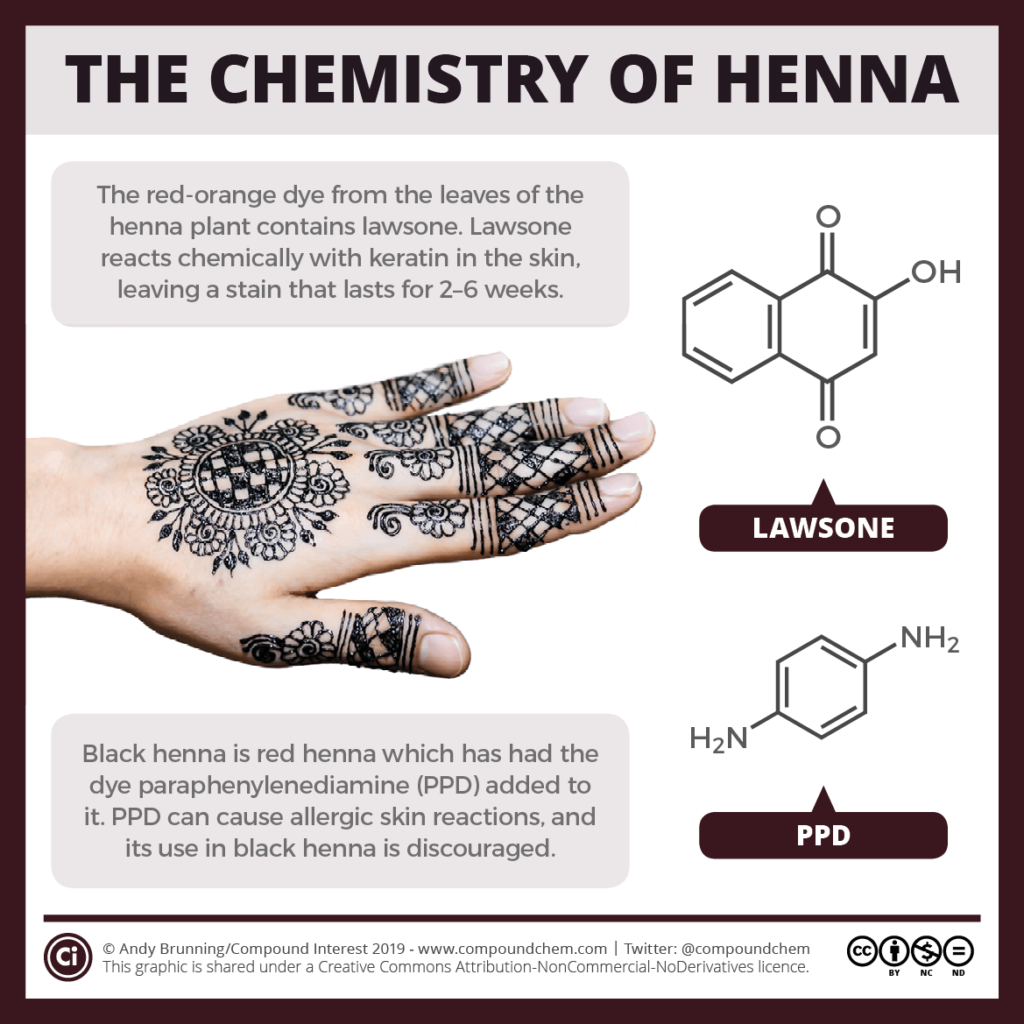
Understanding Lawsonia Inermis: The Henna Plant
Lawsonia inermis, commonly known as the henna plant, is a fascinating botanical species that holds the key to the vibrant world of henna. This small shrub, native to regions of North Africa, Asia, and the Middle East, has been cultivated for thousands of years for its leaves, which contain the natural dyeing properties of henna. The plant is characterized by its dense, branching structure, with slender green leaves and small fragrant white flowers. It thrives in warm climates and well-drained soil, making it well-suited for arid regions. The plant has been revered for its versatility, not only as a natural dye but also for its medicinal and cosmetic applications.
At the heart of the henna plant lies its secret ingredient, lawsone. Lawsone is a natural pigment found predominantly in the leaves of the plant and is responsible for the vibrant red-orange stain that henna imparts. This molecule has the unique ability to bind to proteins, particularly keratin, which is abundant in hair, skin, and nails. The lawsone molecules interact with the keratin fibers, creating a chemical reaction that results in the characteristic staining properties of henna. The concentration of lawsone in the leaves can vary depending on factors such as climate, soil conditions, and the age of the plant. Understanding the properties of Lawsonia inermis and the presence of lawsone within its leaves lays the foundation for comprehending the chemistry and applications of henna in various fields, from hair dyeing to traditional medicine.
The Power of Lawsone: Henna’s Colouring Agent
The durability of henna’s colour is another remarkable characteristic of lawsone. Unlike synthetic dyes that merely coat the surface, lawsone permeates the hair or skin, creating a stain that gradually fades over time as the cells naturally regenerate. The longevity of its colour is influenced by various factors, such as the quality of the henna powder, the application technique, and individual skin or hair characteristics. With proper care and maintenance, henna can leave behind a beautiful, natural-looking colour that can last for several weeks on the skin or several months on the hair.
The power of lawsone as it’s colouring agent is truly awe-inspiring. Its unique bonding properties and ability to create rich, long-lasting hues have made it a cherished natural dyeing option for centuries. Whether adorning intricate body art designs or enhancing hair with vibrant shades,its precious pigment, lawsone, continue to captivate and inspire individuals seeking natural beauty alternatives.
Section 3: Henna’s Applications and Benefits
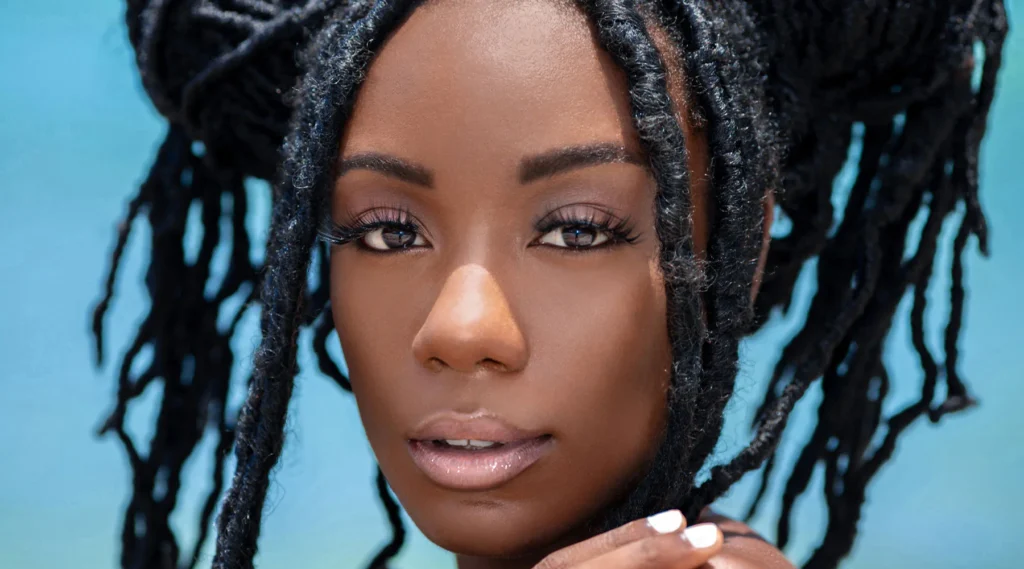
Henna for Hair: Enhancing Natural Beauty
Henna has long been revered as a natural hair dye that enhances and enriches the beauty of one’s locks. Unlike chemical-based hair dyes that can strip the hair of its natural oils and cause damage, it offers a gentle and nourishing alternative. When applied to the hair, henna binds to the keratin protein in the hair shaft, creating a protective and conditioning layer. This results in not only a vibrant and lustrous colour but also improved hair texture and strength.
One of the remarkable benefits of using henna for hair is its ability to work harmoniously with your hair’s natural colour. It acts as a translucent dye, meaning it blends with your existing hair colour rather than completely changing it. This allows for a subtle yet noticeable transformation, enhancing the depth and richness of your hair’s natural hue. Whether you have light or dark hair, it can bring out beautiful red, copper, or burgundy tones, adding dimension and vibrancy.
In addition to its colouring properties, it also provides several other hair care benefits. The conditioning properties of henna help to restore moisture and improve hair elasticity, making it an excellent choice for those with dry or damaged hair. Henna also promotes healthy hair growth by strengthening the hair follicles and reducing breakage. With regular use, it can contribute to thicker, shinier, and more manageable hair. Furthermore, as a natural product, it is free from harsh chemicals and toxins often found in conventional hair dyes, making it a safer and more environmentally friendly choice for those seeking to enhance their natural beauty.
The Art of Mehndi: Adorning the Skin
The art of mehndi, also known as henna body decoration, is a captivating and time-honored tradition that has been practiced for centuries. Mehndi involves the application of intricate henna designs onto the skin, creating beautiful patterns and motifs. This ancient form of body art holds deep cultural significance and is often associated with celebrations, weddings, festivals, and other auspicious occasions.
The artistry of mehndi lies in the skillful hands of the artist who meticulously applies the henna paste onto the skin using various techniques. From delicate floral patterns to intricate geometric designs, mehndi offers an endless array of possibilities for self-expression. The design process often begins with a central motif, which is then surrounded by intricate detailing and intricate patterns that extend across the hands, arms, feet, or other desired areas. The mesmerizing beauty of mehndi lies not only in the artistic execution but also in the symbolism behind the designs. Each motif holds its own significance, representing concepts such as love, joy, fertility, prosperity, and protection.
Beyond its aesthetic allure, mehndi serves as a cultural bridge, connecting generations and preserving traditions. It is a form of art that fosters communal bonding, as it is often applied during communal gatherings and celebrations. The rich cultural heritage and intricate artistry of mehndi continue to captivate individuals worldwide, allowing them to embrace the beauty and symbolism that henna brings to their skin. Whether it is a bride adorned with intricate mehndi designs or individuals seeking a temporary and stunning body art experience, the art of mehndi has the power to transform the skin into a canvas of beauty, tradition, and self-expression.
Henna as a Healing Agent: Therapeutic Properties
Henna, known for its artistic and coloring properties, also possesses therapeutic benefits that have been recognized for centuries. One of the notable uses of henna is its cooling and soothing effect on the skin. Traditionally, henna paste has been applied to the skin to alleviate discomfort caused by sunburns, rashes, or insect bites. The natural properties of henna help to reduce inflammation, relieve itching, and provide a cooling sensation, offering temporary relief and promoting skin healing.
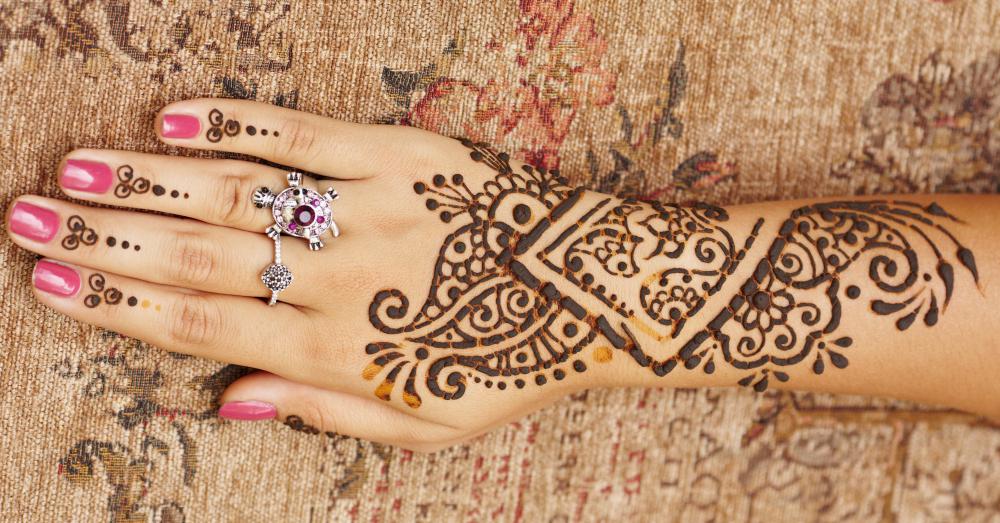
In addition to its soothing effects, henna also exhibits antifungal and antibacterial properties. This makes it a valuable ally in combating various skin infections and conditions. Henna paste, when applied topically, can help inhibit the growth of fungi and bacteria, making it beneficial for individuals dealing with issues like athlete’s foot, nail infections, or minor wounds. Its natural antimicrobial properties can help cleanse and protect the affected area, promoting healing and preventing further infection.
Henna is also renowned for its potential in addressing scalp conditions. Individuals struggling with dandruff, scalp itching, or excess oil production may find relief with the use of henna. The natural compounds present in henna help to balance the scalp’s pH levels, reduce inflammation, and regulate sebum production. Regular henna treatments can help alleviate these scalp concerns, leaving the hair and scalp healthier and more balanced. Whether used alone or in combination with other natural ingredients, henna’s therapeutic properties make it a valuable tool in promoting overall scalp and hair health.
By embracing henna’s healing properties, individuals can experience the holistic benefits it offers. From providing relief for skin discomfort to combating infections and addressing scalp conditions, henna proves to be a versatile and natural healing agent. Whether you seek relief from skin irritations, want to promote a healthier scalp, or simply appreciate its therapeutic properties, henna offers a natural and effective solution rooted in centuries of traditional wisdom.
Henna is Great!
Henna, with its rich history, cultural significance, and diverse applications, is a timeless symbol of beauty and tradition. From its ancient origins to its modern-day popularity, henna continues to captivate and inspire individuals worldwide. Whether adorning your hair or skin, henna provides a natural and vibrant way to enhance your beauty while feeing Natural.
Thanks for reading. Feel free to contact us.

